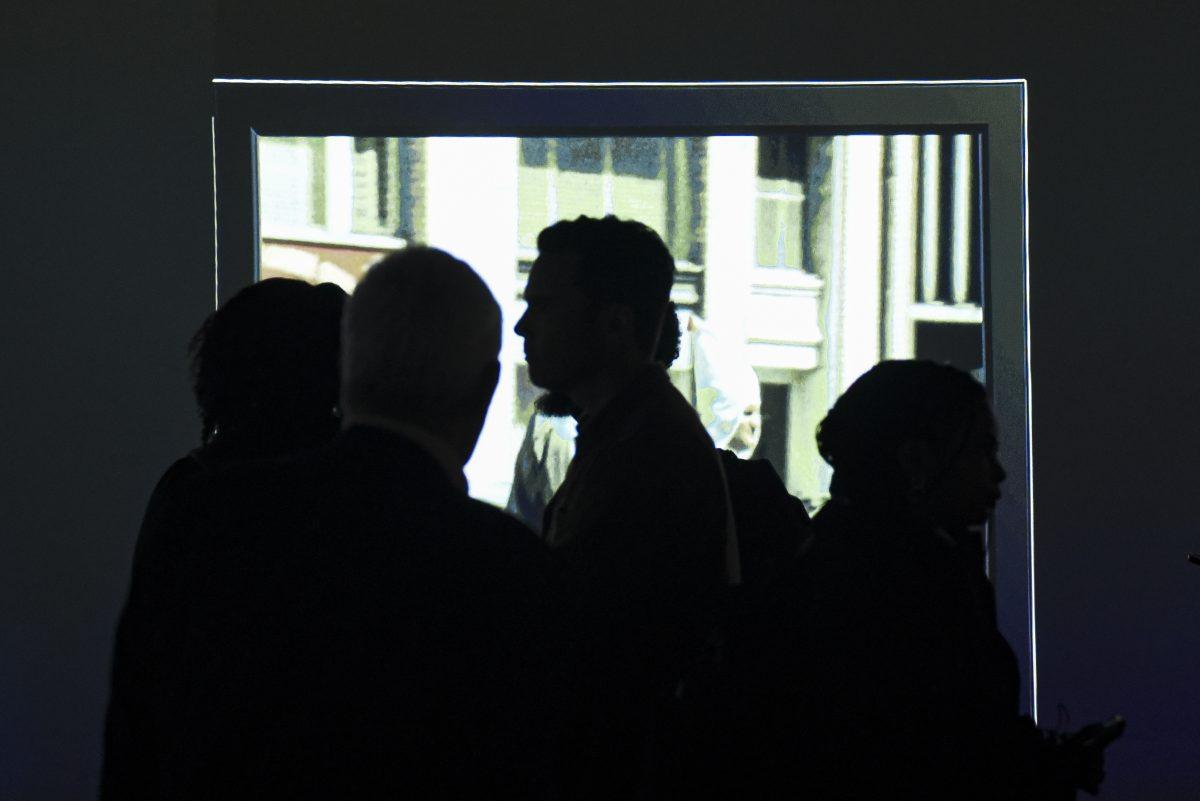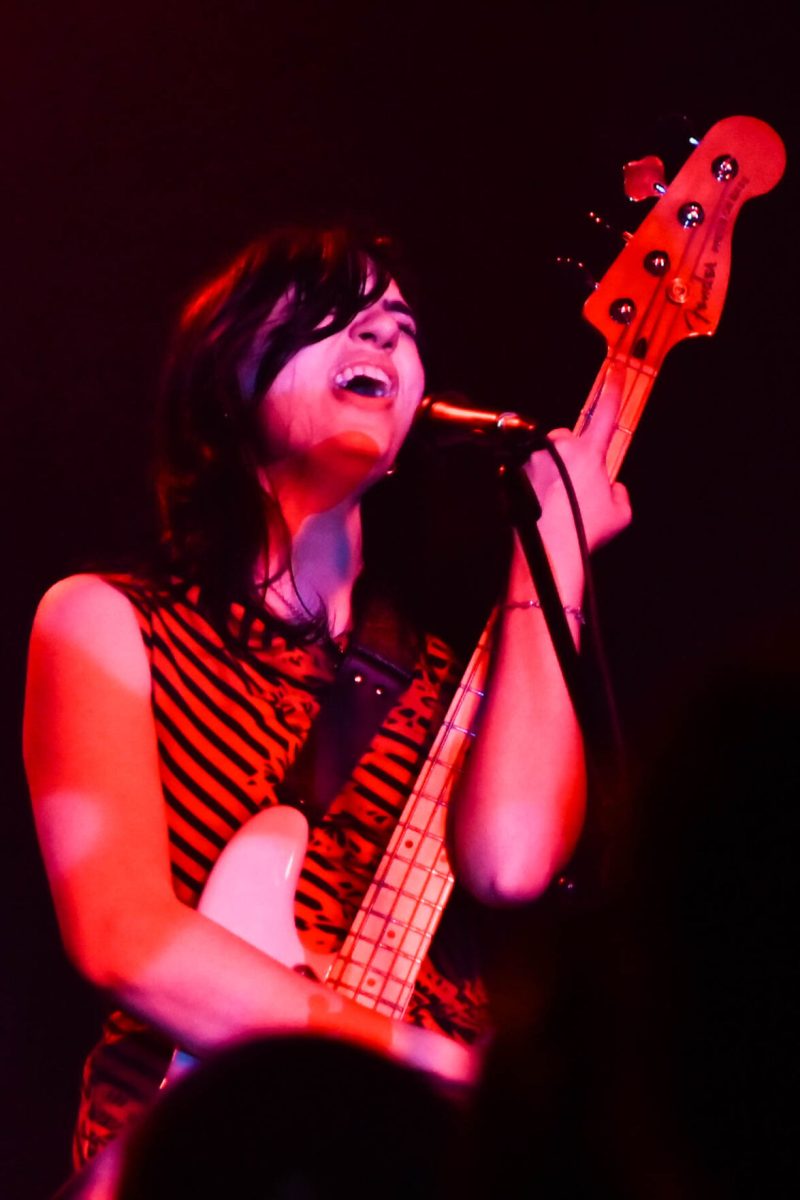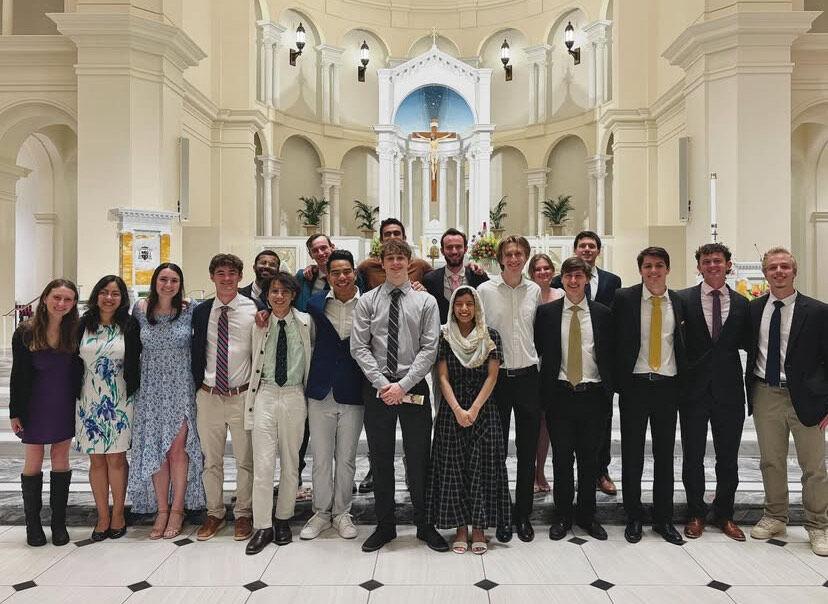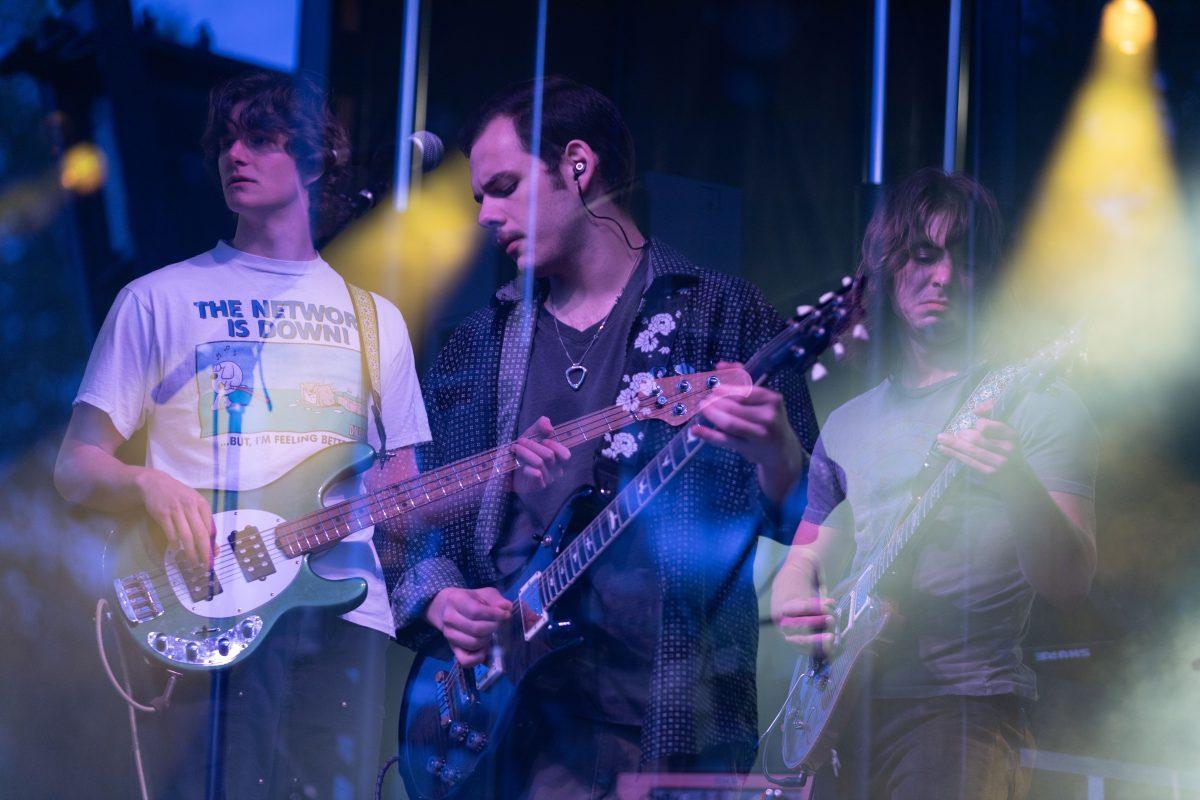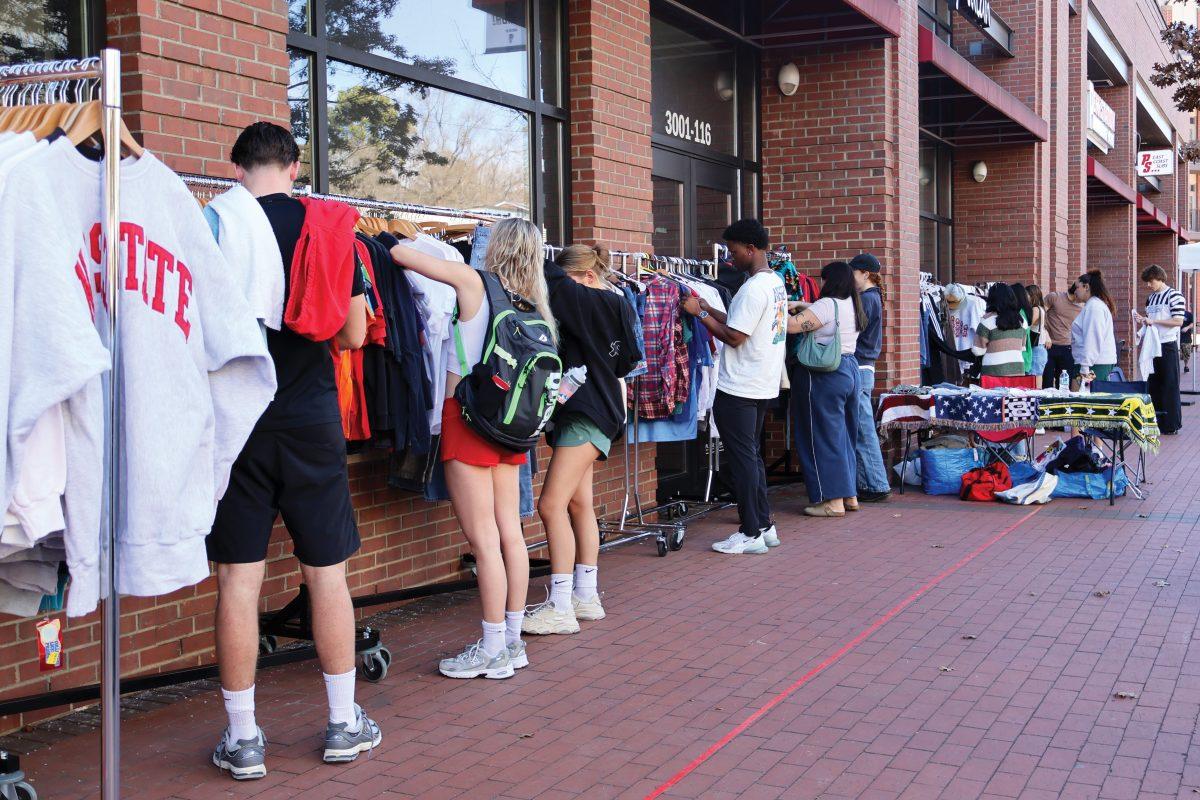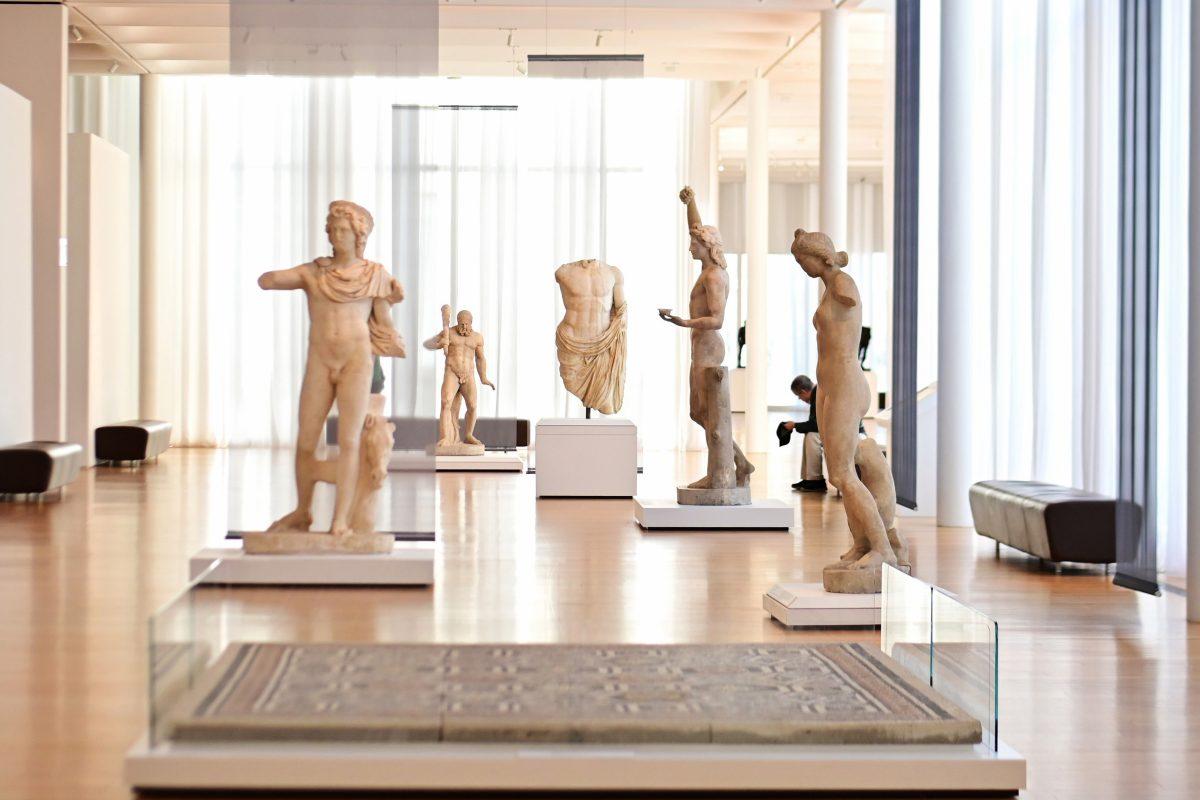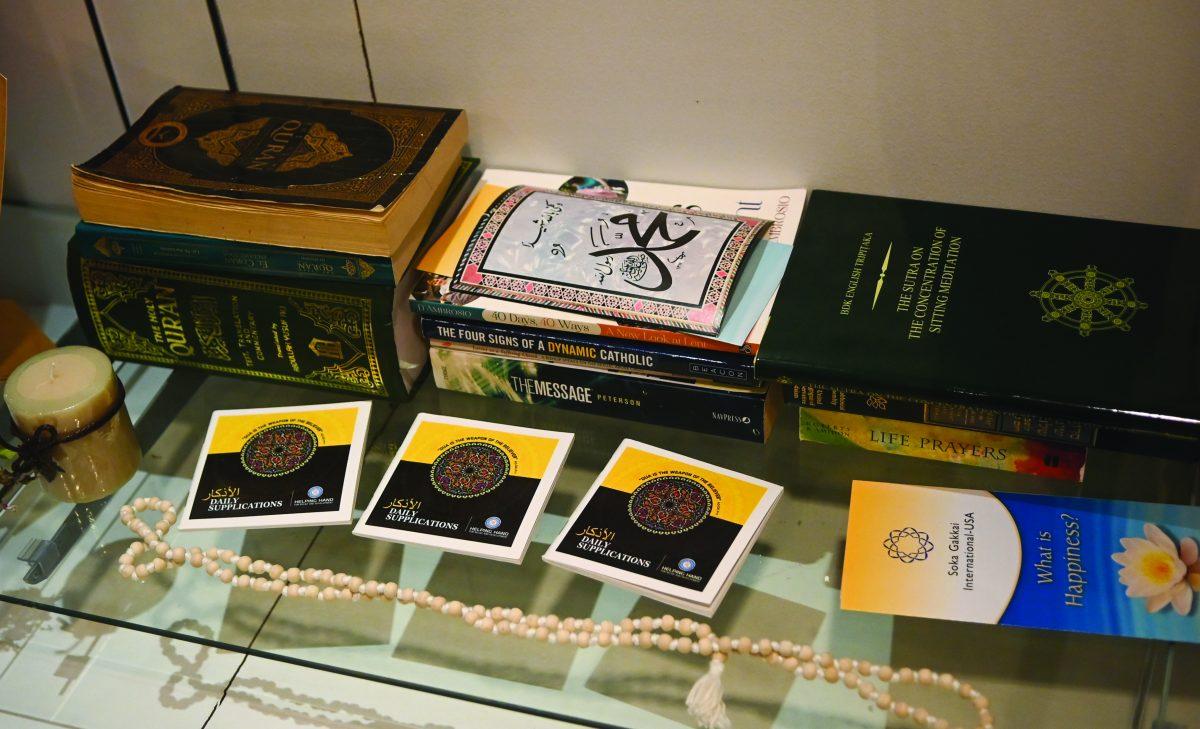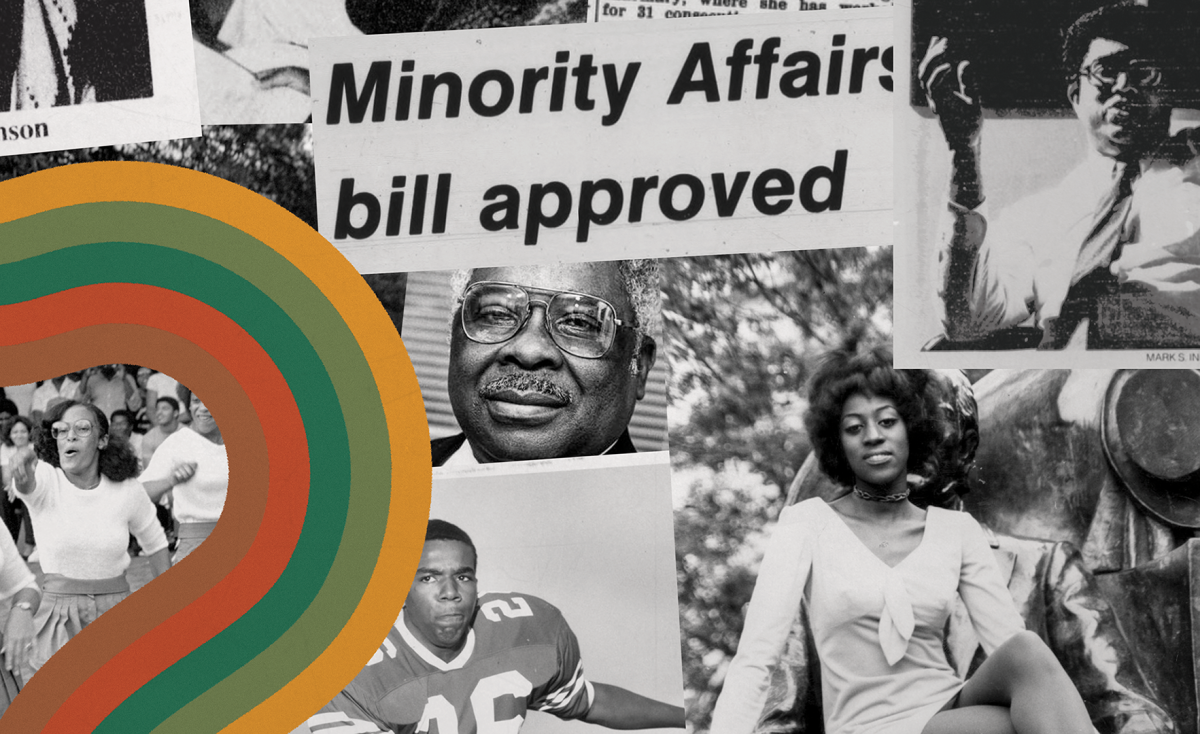On Jan. 17, “King and the Klan: A Visual Experience” in Hill Library displayed unearthed video documentation of Rev. Martin Luther King’s visit to Reynolds Coliseum, showcasing the haunting juxtaposition of King’s moving words and protests from the Ku Klux Klan.
“We’re able to turn the black and white images of history now into living color, so that the klan moves and walks and you can actually see Dr. King breathe,” said Jason Miller, an alumni distinguished undergraduate professor in the department of English.
Miller began researching King’s visit to NC State six years ago and discovered photographic evidence of King’s visit to Reynolds on a trip to the State Archives of North Carolina.
“They had an envelope that was wrapped up in rubber bands, and inside of it were photographed negatives that were undeveloped,” Miller said. “These [photographs] showed the News and Observer photographers documenting an 1,800 person KKK march right down the middle of Fayetteville Street in downtown Raleigh.”
More evidence came to the surface when Marshall Wyatt, a Raleigh resident, showed Miller the footage of King’s speech and the Fayetteville Street protests his father, Edgar Wyatt, captured.
“Edgar Wyatt had taken about 98 seconds of Super Eight color film footage in 1966; … [he] walked downtown Raleigh and showed the counter-protest against the klan, then the klan,” Miller said. “[He] took a Super Eight film camera, pointed to his television and captured Dr. King speaking to a live audience that was broadcast on the public television station all across the state of North Carolina.”
The film footage of King’s speech and the klan’s protests led Margaret Baker, a fourth-year Ph.D. candidate in Communication, Rhetoric and Digital Media, to develop the footage and create ‘King and the Klan,’ an immersive viewing experience for the film and photographs discovered at NC State University Libraries.
“Jason [Miller] came to me about nine months ago last spring and showed me this 1966 color Super Eight footage, which from a technical perspective, you should know, is very unique,” Baker said. “Not a lot of people, not a lot of amateurs, owned color footage or color cameras in 1966.”
Even though the footage is startling, Baker felt that an immersive experience would make for a unique and emotive viewing experience.
“I felt very confident that this footage in an immersive space would have an interesting, affective, responsive effect,” Baker said. “I was interested in exploring what the response might be and creating the sort of immersive environment because the footage is so assaulting.”
Chelsea Roberts, a third-year studying psychology, said viewing the exhibition created an unsettling feeling.
“There was a picture of a klansman and his 3-year-old in an outfit,” Roberts said. “It’s just, it’s crazy. Like this is what happened in North Carolina so many years ago. There’s this phrase that our ancestors walked so we could run, and I think I’m seeing that now, looking at the videos, and the actual film of Martin Luther King speaking out loud.”
Anna Lewis, a first-year studying communication, felt the unequal amounts of footage between King speaking and the klan protesting showed the social landscape of the time.
“Even though this event was about equalizing the playing field, it was still like ‘Wow, I’m here to acknowledge Martin Luther King, but there’s still so much more footage and pictures [of the klan],’” Lewis said.
Cate Hawting, a first-year studying environmental science, said the footage felt eerily familiar.
“I take a route downtown, like over the weekend, to the science museum,” Hawting said. “Normally that is a very peaceful [route] and I really enjoy it, and seeing the KKK along that same route was a very stark contrast.”
Miller said the exhibition should create dialogue in what parallels we see in past history and today’s climate.
“When you see the KKK marching in broad daylight with their faces exposed, with about 10 to 12,000 watchers of Fayetteville Street coming out to see them, you have to ask yourself, ‘What happens to those kinds of energies?’” Miller said. “They don’t die out. … Sometimes starting with the past is a good way to get people talking about something and then realizing it’s direct relevance they might see that it has on today.”
Baker said she hopes “King and the Klan” brings more attention to the importance of Black history to the Triangle community as a whole.
“Beyond this project is for us to amplify how important Black history is to our campus,” Baker said. “It’s not really about NC State. … It’s so meaningful to our broader community, and as a land grant institution, our job as an institution is to go into communities and do community engagement work.”


